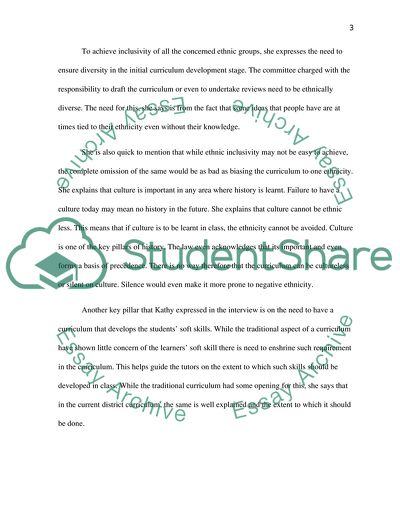Cite this document
(Roles and Responsibilities of Stakeholders in Curriculum Report Example | Topics and Well Written Essays - 2000 words, n.d.)
Roles and Responsibilities of Stakeholders in Curriculum Report Example | Topics and Well Written Essays - 2000 words. https://studentshare.org/education/1830660-part1-interview-report-and-part11-roles-and-responsibilities-of-stakeholder-in-curriculum
Roles and Responsibilities of Stakeholders in Curriculum Report Example | Topics and Well Written Essays - 2000 words. https://studentshare.org/education/1830660-part1-interview-report-and-part11-roles-and-responsibilities-of-stakeholder-in-curriculum
(Roles and Responsibilities of Stakeholders in Curriculum Report Example | Topics and Well Written Essays - 2000 Words)
Roles and Responsibilities of Stakeholders in Curriculum Report Example | Topics and Well Written Essays - 2000 Words. https://studentshare.org/education/1830660-part1-interview-report-and-part11-roles-and-responsibilities-of-stakeholder-in-curriculum.
Roles and Responsibilities of Stakeholders in Curriculum Report Example | Topics and Well Written Essays - 2000 Words. https://studentshare.org/education/1830660-part1-interview-report-and-part11-roles-and-responsibilities-of-stakeholder-in-curriculum.
“Roles and Responsibilities of Stakeholders in Curriculum Report Example | Topics and Well Written Essays - 2000 Words”. https://studentshare.org/education/1830660-part1-interview-report-and-part11-roles-and-responsibilities-of-stakeholder-in-curriculum.


